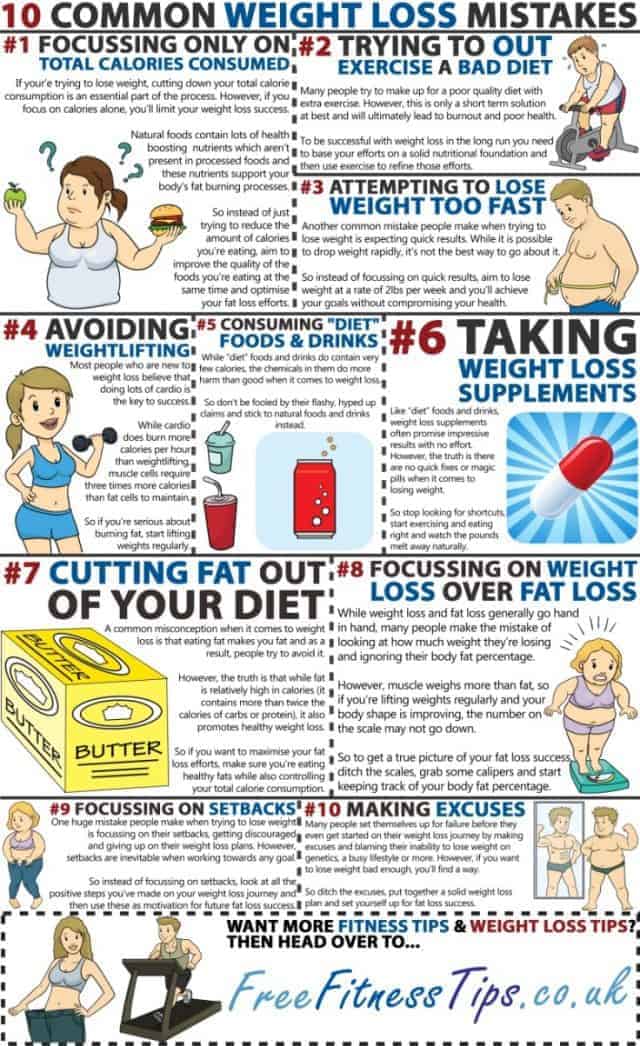Understanding The Cost Of Cold Laser Therapy
Understanding The Cost Of Cold Laser Therapy
Blog Article
Scientific Research on the Effectiveness of Cold Laser Method
Cold laser therapy is a valuable device to aid hurting monitoring and the healing procedure. It is commonly utilized in sporting activities medication, dermatology and acupuncture.
Cold lasers pass through deep right into tissues and promote chemical adjustments without warming them. They decrease inflammation and swelling, speed mobile activity and accelerate recovery.
Academic Background
Unlike the high-intensity lasers that surgeons usage to cut through cells, cool laser therapy uses light-emitting diodes to pass through into your skin and promote recovery. As these photons get to damaged cells, they start a chain reaction that boosts your cells' manufacturing of enzymes and accelerates your body's all-natural recovery processes.
The photons additionally decrease pain via the production of endorphins and raise your body's capability to drain swollen areas by inducing vasodilation (the growth of blood vessels). Therefore, it helps you recoup from musculoskeletal injuries and discomfort faster.
Lots of people have actually become aware of cold laser therapy from their physical therapist, chiropractic doctor or doctor and might be wondering just how it works. Unlike most laser gadgets used in the medical area, which really warm up tissue, our modern devices emits chilly laser beam that don't trigger any type of home heating of your cells. This allows your body to receive the therapeutic benefits without activating any kind of side effects.
Clinical Trials
Cold laser therapy is frequently advised as a therapy option for patients who have musculoskeletal discomfort and injuries. It can be made use of to minimize inflammation, strengthen cells and speed up the body's natural healing processes.
Non-thermal photons of red and infrared laser radiation are taken in by the light sensitive elements in cells and initiate an increase in intracellular metabolic process that raises cell reproduction, reduces swelling, removes edema and reduces recovery time.
Unlike the light that is created by sunlight or conventional lights, laser light is parallel (all wavelengths travel in the laser pigmentation removal same direction), meaningful and monochromatic. These properties allow laser energy to penetrate deeper into the tissues.
Several scientific trials have actually revealed that LLLT can be reliable in reducing pain in the bone and joint system. However, even more properly designed studies are needed to evaluate the optimal settings for laser irradiation and to determine its effectiveness in specific conditions, such as oral mucositis in cancer patients receiving chemotherapy or radiotherapy, and wound recovery (consisting of diabetic person abscess complying with hammertoe surgical procedure). This Aetna plan notice does not attend to various other uses of LLLT, including the treatment of various skin diseases.
Conclusions
Unlike medical lasers that can destroy lumps or coagulate cells, cool laser treatment does not heat up the body's cells. Instead, the light stimulates your cells to generate adenosine triphosphate, which quickens the fixing procedure of hurt tissues.
Aetna considers low-level laser (LLL) therapy medically essential for the avoidance of dental mucositis related to cancer treatment (chemotherapy, radiation treatment, hematopoietic stem cell hair transplant) and non-cancer therapies (such as radiodermal injury, fibromyalgia). A number of research studies showed that LLT can be effective in lowering PU signs and symptoms without negative impacts. However, differences in research styles and laser dosimetry made comparison of the results hard; RCTs with reduced danger of predisposition are needed. Making use of a 660 nm wavelength and higher energy thickness appears to be more reliable than the various other examined laser wavelengths. This could be because the various other wavelengths might stimulate inflammatory procedures and create more side effects. The result of the sort of laser utilized is also important; the writers recommend that future research concentrate on examining different types of lasers and their dosages to figure out the optimal combination of laser parameters for PU avoidance.
Referrals
Cold laser therapy is used by dentists to deal with inflamed periodontal tissue, medical professionals to alleviate pain brought on by rheumatoid arthritis, and physiotherapists to speed the recovery of muscle, ligament, and ligament injuries. Lots of medical insurance policy plans cover this therapy.
Unlike hot lasers, which have a thermal effect on cells, cold lasers (likewise called low-level lasers) stimulate the cellular power of the skin. Photons from the laser light pass through into the cell, activating a series of chemical adjustments that promotes regrowth and decreases swelling.
In order to be effective, lasers have to be correctly arrangement and used. This is why it is not suggested to get a low-cost over-the-counter laser gadget and try to treat yourself in your home. A trained professional is required to guarantee that the tool is used properly to decrease the risk of eye injury and maximize its performance. The laser device should be gotten used to the correct setting, strength, regularity, and placement of the laser on the treatment area.